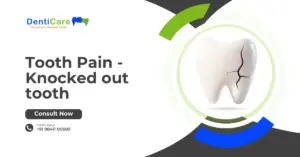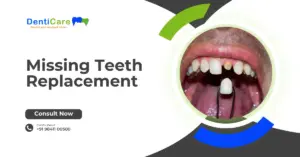”Unfortunately someone you know got their tooth knocked out ” Do you know what to do?
To answer this question let us understand three medical terminologies ,(Avulsion ,luxation ,periodontal ligament).
Teeth are kept in the mouth by means of ligaments which connects the jaw bone and teeth. This tiny fibrous connective tissue called periodontal ligament. When excessive impact force applied these ligaments give away, tooth become loose, which is termed as Tooth luxation. In case of tooth completely knocked out of the mouth, we call it Tooth avulsion.These kind of events are likely to happen between the age of 8-12 years and the tooth involved usually be front teeth.
An Avulsed tooth (Expelled tooth) can be replanted in position. After brief healing period it can integrate into your jaw bone . However, there are few simple instructions that you should follow to get the best results.
Why Should you bother to put back the knocked out tooth?
- Another permanent tooth will not grow in that place.
- Replacing the lost tooth with prosthetic tooth can be expensive and never like your own tooth.
- Average life of incisor teeth is more than 50 years,if you lose it at the age of 10, it had served only 4 years.
- Avulsed tooth will have good chance of success if we replant with in 20-30 minutes .
Who are at risk?
In the case of adult ,the tooth is very likely to break into pieces rather than avulsion .
In contrast , kids and teenegers, if impact occurs , because of the flexible nature of bone may result in tooth avulsion.
What you should do?
- If the tooth is luxated and still in the mouth, see your dentists as soon as possible.
- In case of avulsed tooth, locate the tooth .
- Rinse it in clean running water/saline for 10 seconds.
- Keep the tooth in milk / saline / and see your dentists as soon as possible.
- Replanting the tooth within 30 minutes have good success.
What will your dentists do
- Clean the wound with antiseptic solution.
- Rinse and position the tooth in the jaw.
- Choose for any other injuries and general neurological assessments.
- Take x-rays and check for fragments.
- Prescribe antibiotics.
- Advise TT (Tetanus Toxicity)injection if required.
- Antibiotics and painkillers to facilitate the healing.
- Splint the tooth to resting movement.
Key Points
- Always wear specialised mouth guards during contact sports.
- If the tooth replanted within the first one hour likelihood success is high.




